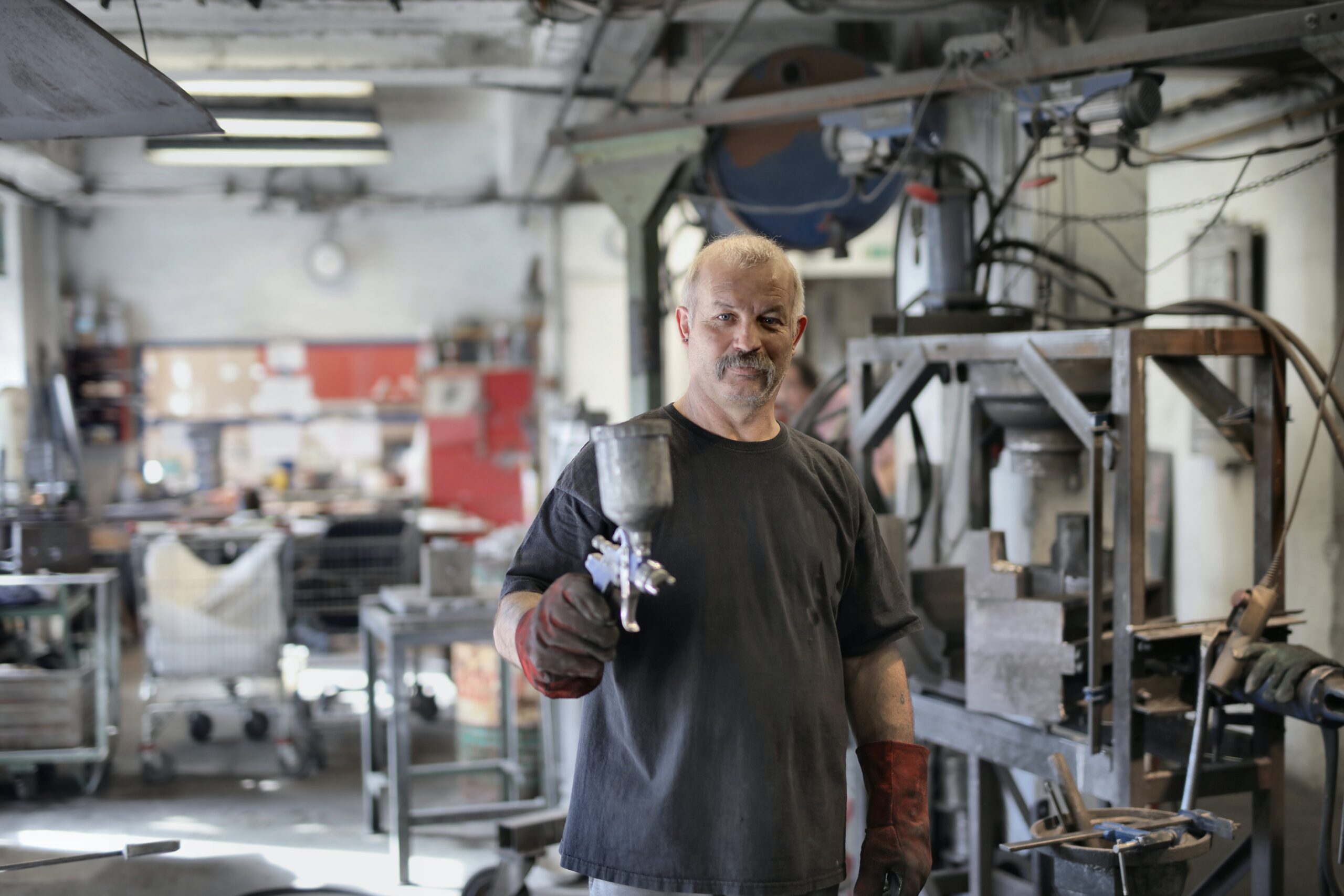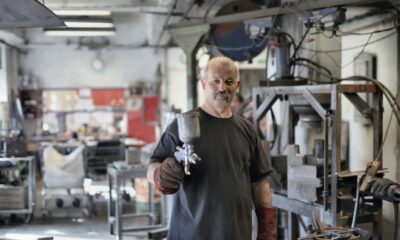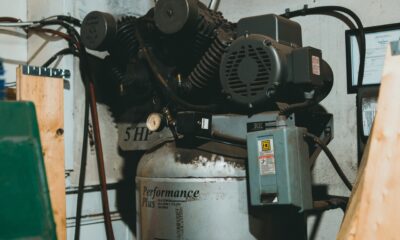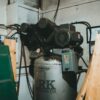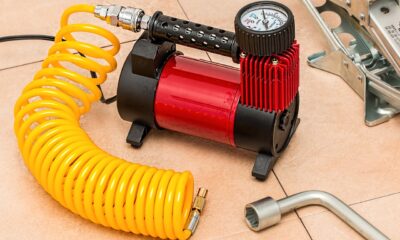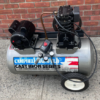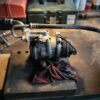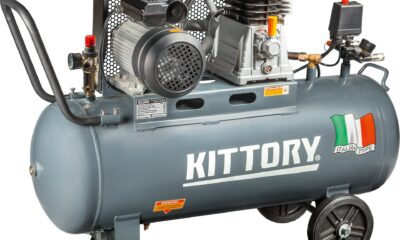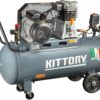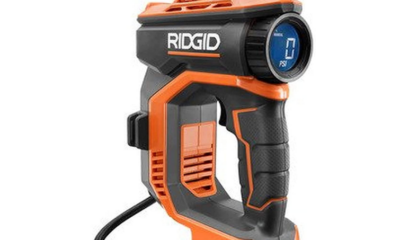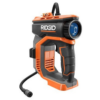Are you trying to figure out what a reciprocating air compressor is and how it works? Don’t worry, we have got you covered! This article will provide a detailed explanation of the reciprocating air compressor, its types, benefits, and applications. Not only will we delve into the technical aspects, but we will also explore its practical uses in various industries. So, let’s dive into it.
What is a Reciprocating Air Compressor?
A reciprocating air compressor is a type of positive displacement compressor that uses a piston-cylinder mechanism to compress air. The air is drawn into a chamber and compressed with the help of a reciprocating piston, similar to the workings of a crankshaft piston.
Working Principle of a Reciprocating Air Compressor
The air flows into the compressing cylinder after passing through the air filter and via a suction valve. The air is then compressed using a crankshaft and a piston and leaves through a discharge valve. The compressed air is then stored in a storage tank.
Types of Reciprocating Air Compressors
There are four main types of reciprocating air compressors:
- Single Acting Reciprocating Air Compressor: Only one side of the piston is used for the compression of the air and the other side is connected to the crankshaft and not used for the compression.
- Double Acting Reciprocating Air Compressor: Both the sides of the piston are used for the compression of the air. As the piston moves, one side compresses the air while the other side sucks in more air from the atmosphere.
- Single Stage Reciprocating Air Compressor: In this air compressor, the compression of the air takes place in a single cylinder.
- Double Stage Reciprocating Air Compressor: In this type of compressor, the compression of the air takes place in two stages i.e., the air is first compressed to some extent in one cylinder and is then transferred to the second cylinder for further compression.
Benefits of a Reciprocating Air Compressor
Reciprocating air compressors offer numerous advantages that complement the requirements of various industries. Some of the key advantages include:
- Designed for continuous duty
- Deep finned cast iron cylinder
- Low expansion aluminium alloy piston
- Forged steel crankshaft
- Sturdy, robust cast iron crankcase
- Optimal operating speed
- Aluminum cooler tubes and aerodynamically designed fan for efficient cooling
- Air receiver, conforming to ASME design
- Pressure relief valve for extra safety
- Automatic start and stop loop control
Applications of Reciprocating Air Compressors
Reciprocating air compressors are widely used in various industries such as auto service, dental service, recreational services, agriculture, and large businesses in the manufacturing industry. They are essential in powering air tools, automated machinery, welding or cutting equipment, and many more.
Takeaway
Understanding the workings of a reciprocating air compressor, its types, benefits, and applications can help you make an informed decision when choosing the right compressor for your needs. Whether it’s for industrial use or everyday applications, a reciprocating air compressor proves to be a reliable and efficient tool.
